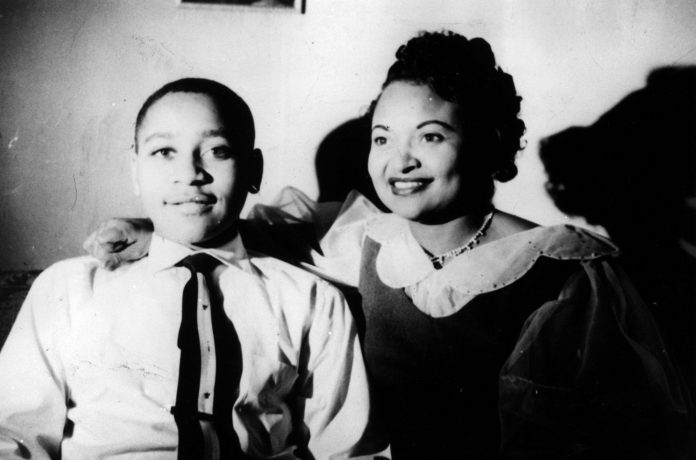The last survivor of the historical horror widely known as “the lynching of Emmett Till” has died, leaving behind an infuriating amount of unanswered questions.
Carolyn Bryant Donham died in hospice care last week in Louisiana at age 88.
She is remembered by history mostly as the 21-yearold woman who accused Till–then a 15-year-old Chicagoan visiting his Mississippi relatives, of behavior that violated the old Jim Crow South’s irrational but strictly enforced racial etiquette — and it cost him his life.
In short, she accused the teen of sexually suggestive whistling, grabbing her by the waist, and asking her for a date.
Evidence indicates Donham later identified Till to her then-husband, Roy Bryant, and his half-brother, J.W. Milam. The two men then kidnapped the teen, tortured him, and shot him once in the head.
Not surprisingly for that time and place, an all-white jury acquitted the two white men in the killing, but the men later confessed in an interview with Look magazine the following year.
But the saga did not end there. After the lynching in Money, Mississippi, Till’s mother, Mamie Till-Mobley, made his murder a rallying cry for the Civil Rights Movement, beginning with her brave decision to display her son, his face beaten beyond recognition, in an open casket to “let the world see what they did to my boy.”
A hundred days after Till’s murder, Rosa Parks famously refused to give up her seat to a white passenger on a Montgomery, Alabama, city bus. She later told fellow protesters that she was inspired to keep her seat by memories of Emmett Till.
In 2004, the FBI reopened the case, pressured by new evidence of conflicts in earlier testimony by Bryant and Milam, and reopened it in 2018 after Tim Tyson published a book called “The Blood of Emmett Till,” which raised new controversies and questions about Carolyn Dunham’s account.
And more books will come. Chris Benson, a lawyer, and Northwestern University journalism teacher, co-authored “A Few Days Full of Trouble: Revelations on the Journey to Justice for My Cousin and Best Friend, Emmett Till” with Till’s cousin, the Rev. Wheeler Parker Jr., of Summit, Illinois.
Released in January, the book chronicles Till’s life and the investigations into Donham’s part in his slaying.
They eventually gained access to documents that “helped us connect the dots to link Carolyn Bryant to that horrible crime.”
As Benson said in a telephone interview, “It’s too bad that Carolyn Bryant Donham died without ever taking responsibility for her role in the brutal lynching.”
Yet, his case is more remembered than most. Emmett Till was one of more than 4,400 African American men, women, and children who were hanged, burned alive, shot, drowned, or beaten to death by white mobs between 1877 and 1950, according to the Equal Justice Initiative.
Considering how most of those cases are barely remembered, it raises one’s curiosity as to why the case of Emmett Till is so widely recalled and honored. Even his coffin is on display in a place of reverence in the National Museum of African American History and Culture in Washington.
Taking the broad view, Benson observed that we Americans “tend to see the story of Emmett Till as representative of the history of racial injustice and today’s anxiety about racial change. What we are seeing now (in the racial and political news headlines) is a parallel between what was going on in the 1950s and what’s going on in this contemporary moment.”
“In the 1950s, people were up in arms over what had just happened — school desegregation and other changes,” he recalled. “Now we see them reacting to what is about to happen — a dramatic change in what is about to become our demographic reality in this country.”
By that, he explained, he meant the decline of white Americans as a percentage of the population unsettles some members of the shrinking white majority in much the same way that Southern segregationists had a tough time adjusting to the new reality of the civil rights era.
“And just as in 1955,” he said, “some are reacting with violence.”
He may be right. It has been said that today’s political landscape increasingly is defined not by political parties or ideologies as much as by how we relate to change.
We‘ve been through countless changes since Emmett Till’s day. We need to understand our troubled past if only to build a better future.
E-mail Clarence Page at cpage@chicagotribune.com. ©2023 Clarence Page. Distributed by Tribune Content Agency, LLC.


